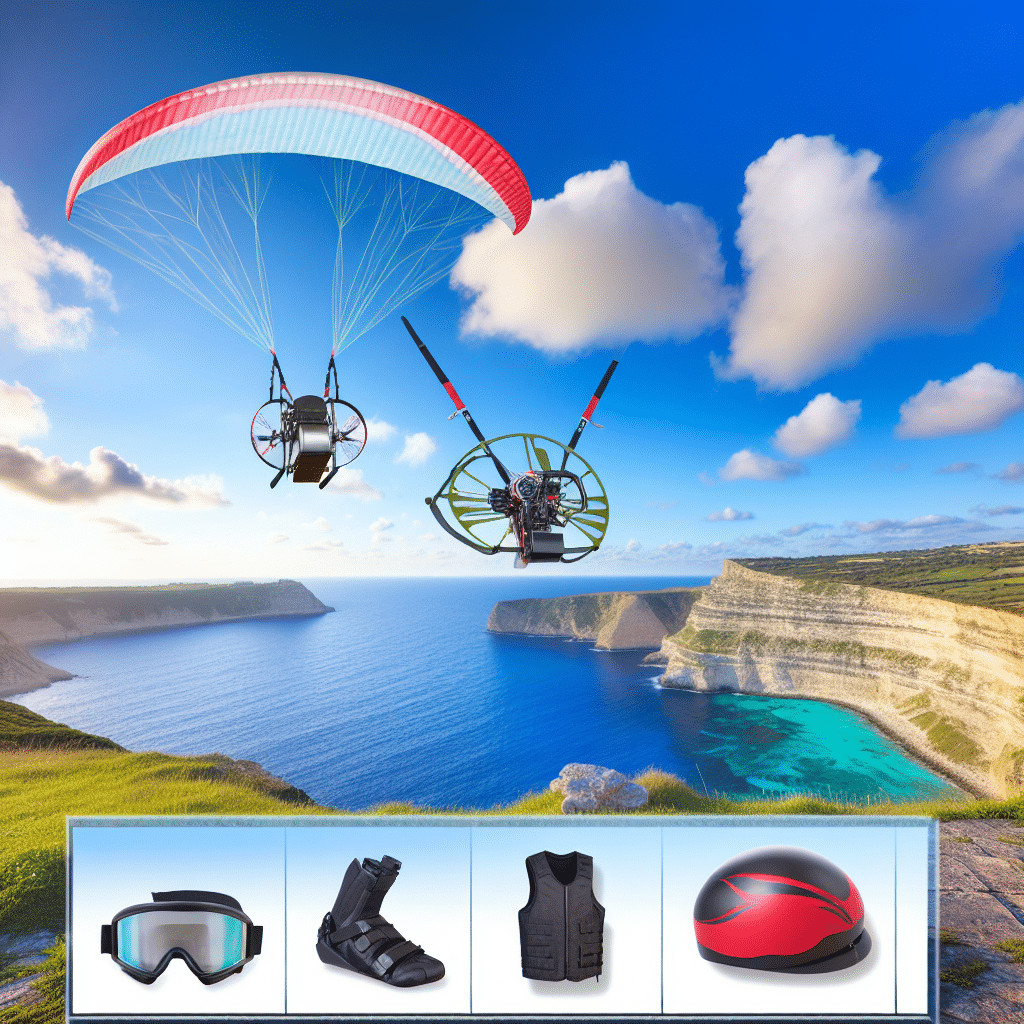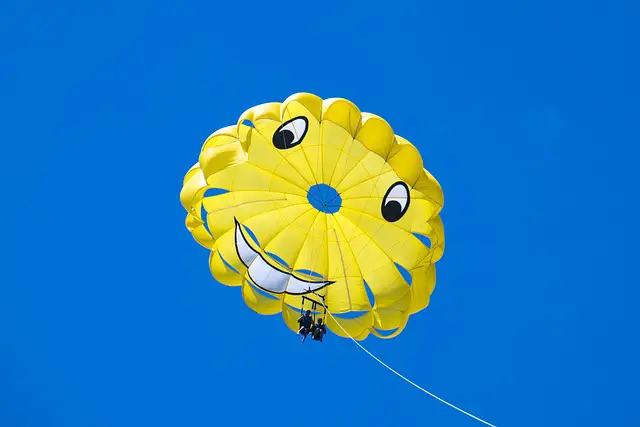Paramotoring, the exhilarating sport that combines the thrill of paragliding with the freedom of powered flight, has garnered a significant following among adventure enthusiasts. The prospect of floating above landscapes and experiencing the world from a bird’s-eye view is enticing, but how much does it cost to get into paramotoring? This comprehensive guide delves into the various expenses involved in starting your paramotoring journey, from initial training to gear and ongoing maintenance.
Initial Training: Your First Step to the Skies
Why Is Training Important?
Before taking to the skies, aspiring paramotorists must undergo proper training to ensure their safety and proficiency. Training programs typically cover vital aspects such as ground handling, emergency procedures, and flight techniques.
Cost of Training
The cost of paramotoring training varies depending on your location and the level of instruction you seek. On average, expect to invest between $1,500 and $3,000 for a comprehensive training course. This fee often includes ground school, flight instruction, and equipment rental during the course. Some schools may offer package deals or discounts for early booking, so it’s worth researching options in your area.
Essential Gear: What Do You Need?
Paramotor and Wing
The core components of your paramotoring setup are the paramotor (the engine and harness) and the wing (the parachute-like canopy). Prices for new paramotors can range from $5,000 to $10,000, depending on the brand, model, and included features. The wing, on the other hand, typically costs between $2,500 and $4,000. It’s crucial to choose gear that matches your skill level and flying conditions, so consulting with an instructor or experienced pilot is advisable.
Safety Equipment
Safety gear is a non-negotiable aspect of paramotoring, and investing in high-quality equipment can make a significant difference in your flying experience. Essential safety gear includes a helmet, reserve parachute, and protective clothing. Here’s a breakdown of potential costs:
– Helmet: $200 to $500
– Reserve Parachute: $600 to $1,200
– Protective Clothing (e.g., jacket, gloves, boots): $200 to $400
Optional Accessories
For added comfort and convenience, you might consider optional accessories such as altimeters, GPS devices, communication systems, and cameras to capture your flights. These can range from $100 to $1,000+ depending on the features and brands you choose.
Maintenance and Ongoing Costs: What to Expect?
Routine Maintenance
Like any motorized equipment, paramotors require regular maintenance to ensure they operate safely and efficiently. Routine maintenance costs, including oil changes, spark plug replacements, and general inspections, typically amount to $100 to $300 annually. However, more extensive repairs or part replacements can add to these costs.
Fuel and Transportation
Operating costs for paramotoring also include fuel expenses. Most paramotors run on a mix of gasoline and oil, and the amount you spend on fuel will depend on how frequently you fly. On average, you might spend $5 to $10 per flight hour on fuel. Additionally, you may need to factor in transportation costs if you need to travel to suitable flying locations. This could involve gas for your vehicle or even purchasing a trailer for transporting your gear.
Insurance and Licensing: Is It Necessary?
Insurance
While not always mandatory, having insurance can provide peace of mind and financial protection in case of accidents or equipment damage. Paramotoring insurance policies vary, but annual premiums typically range from $200 to $700 depending on the coverage level.
Licensing
In many countries, paramotoring does not require a formal license. However, joining local flying clubs or associations can offer benefits such as access to flying sites, events, and community support. Membership fees for these organizations usually range from $50 to $200 per year.
Budgeting for the Initial Investment and Beyond
So, how much does it cost to get into paramotoring? Summing up the initial expenses, here’s a rough estimate for getting started:
– Training: $1,500 to $3,000
– Paramotor: $5,000 to $10,000
– Wing: $2,500 to $4,000
– Safety Gear: $1,000 to $2,100
– Optional Accessories: $100 to $1,000+
Total Initial Investment: $10,100 to $20,100+
Add to this the ongoing costs of maintenance, fuel, transportation, insurance, and possible club memberships, and you’re looking at an annual expense ranging from a few hundred to a couple of thousand dollars.
Conclusion: Weighing the Costs Against the Experience
While the costs to get into paramotoring might seem substantial, the unique experiences and unparalleled views make it a worthwhile investment for many. By budgeting wisely, seeking advice from experienced pilots, and prioritizing safety, you can embark on your paramotoring adventure with confidence. Whether you’re drawn by the freedom of flight or the thrill of adventure, paramotoring offers a sky-high escape that’s hard to match.




